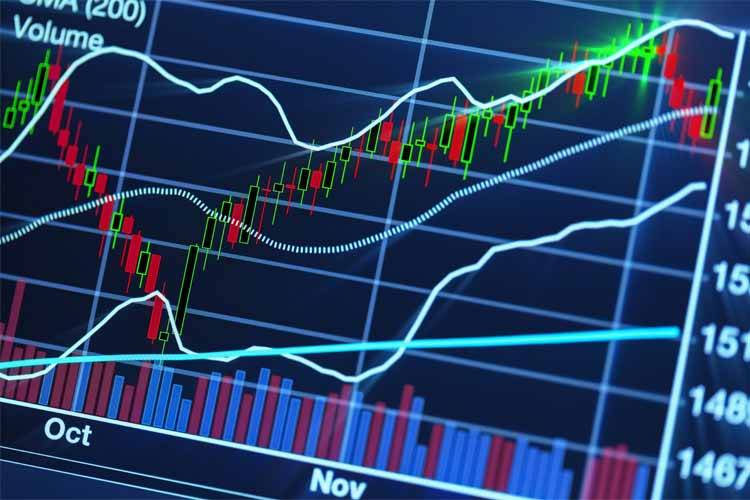
Bulls should keep an eye on the round $70 level
For the last two years, the energy sector has become a persona non grata of sorts on Wall Street. According to a recent Wall Street Journal profile, the exchange traded fund (ETF) Energy Select Sector SPDR Fund (XLE) was the worst performing sector on the S&P 500 Index (SPX) in 2018 and 2019, and 2020 doesn't look like it will be any better.
XLE currently sits in bear market territory and is nursing an 11% loss from January, the worst of the 11 sectors on the SPX. Given the energy sector's symbiotic relation to oil prices, both have suffered amid the outbreak of coronavirus in China. I decided to take a deeper dive on XLE, looking at charts with a longer term focus, to determine what price points should be kept in mind when monitoring the ETF.
On the top pane below is XLE's 120-month moving average (or 10-year, for perspective) showing a rolling return. As you can see, the energy ETF is currently toying with its 10-year breakeven point. Looking back to the first quarter of 2016, that level provided a significant jumping-off point, while the encounter occurred again in the third quarter of 2018, as well as last November.
Going forward, there are a few areas to keep an eye on when trying to pinpoint potential support and resistance. XLE is currently trading near $54, a region that’s home to its late-2018-through-2019 lows. And below here, the $49 area coincides with its 2010 lows, which is roughly half its 2014 high near $98. In other words, if that late '18-'19 range is breached there could be another round of support waiting in the wings to catch the damage. The overhead $56.10 area is also important as it caught two pullbacks last November and is 50% above the ETF's 2009 low.
XLE broke below this short-term support late last month around Jan. 27, when the coronavirus fears first started to impact global economic growth. But the significant downside really started at the turn of 2020, with XLE's 320-day moving average swiftly rejecting a rally. Should this slide become exacerbated, here are a few more numbers to consider; the $38.50 area is in the vicinity of XLE's aforementioned 2009 lows, which is roughly half of the $77 level and is home to the ETF's 2018 highs.
For bulls looking to get in on a rally, keep an eye on the round $70 level. That's the site of XLE's 80-month moving average, and coincides with a trendline connecting its 2015 and late-2018 peaks.

Subscribers to Bernie Schaeffer's Chart of the Week received this commentary on Sunday, February 9.